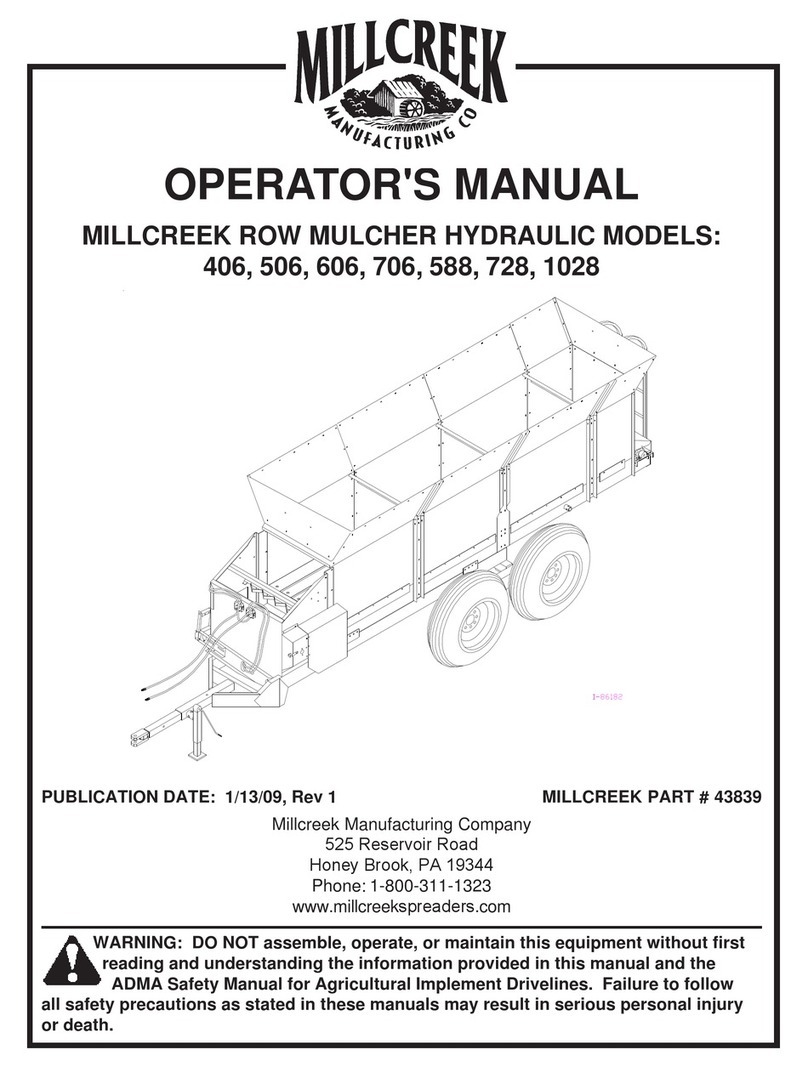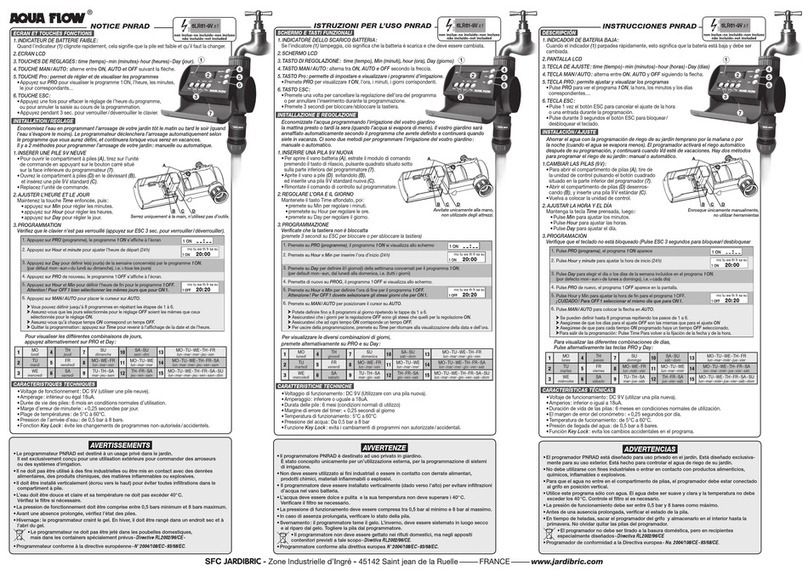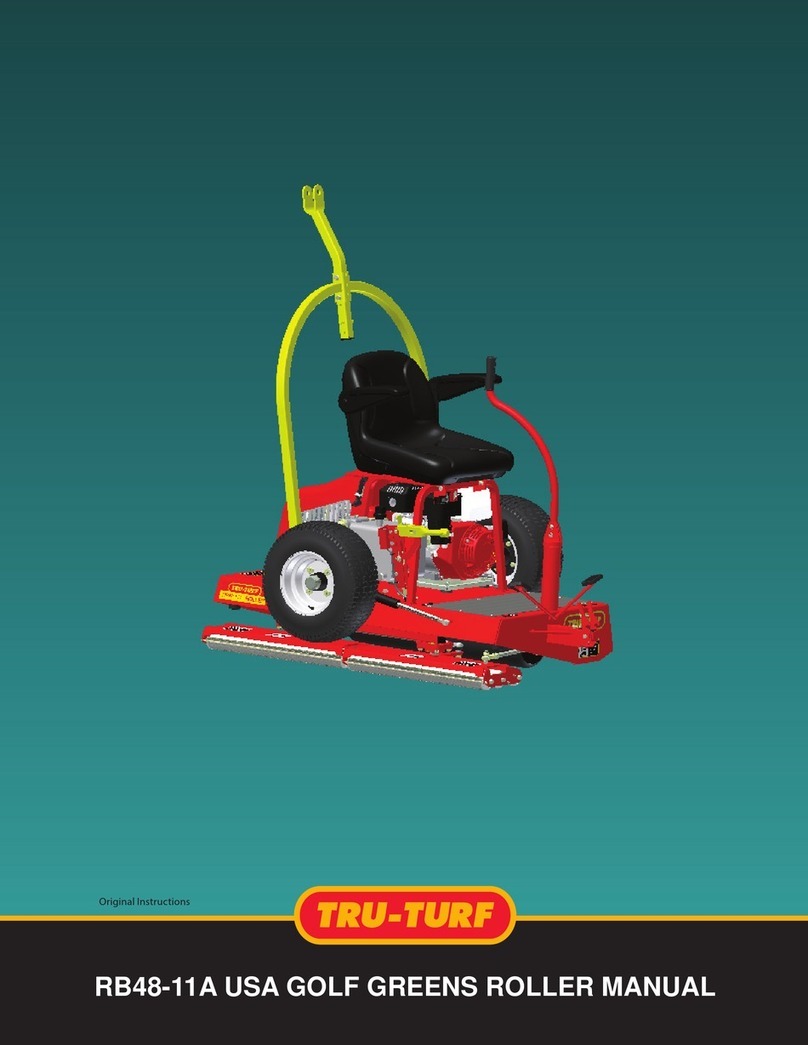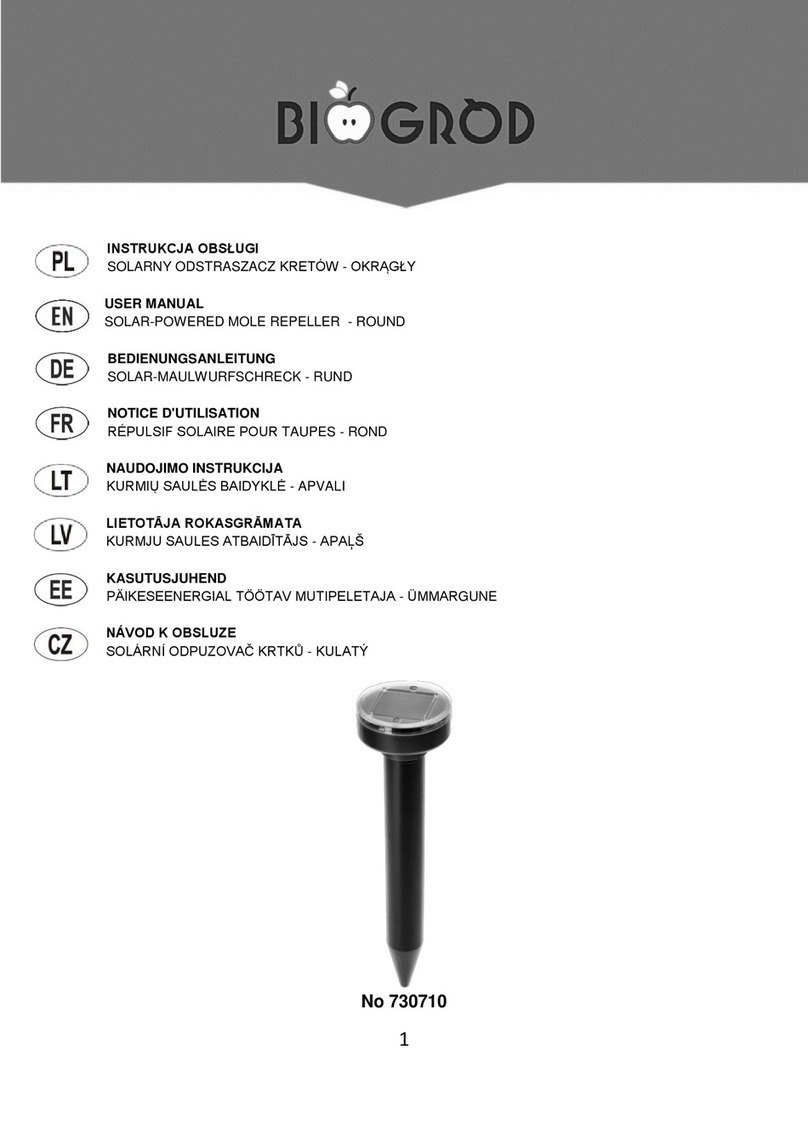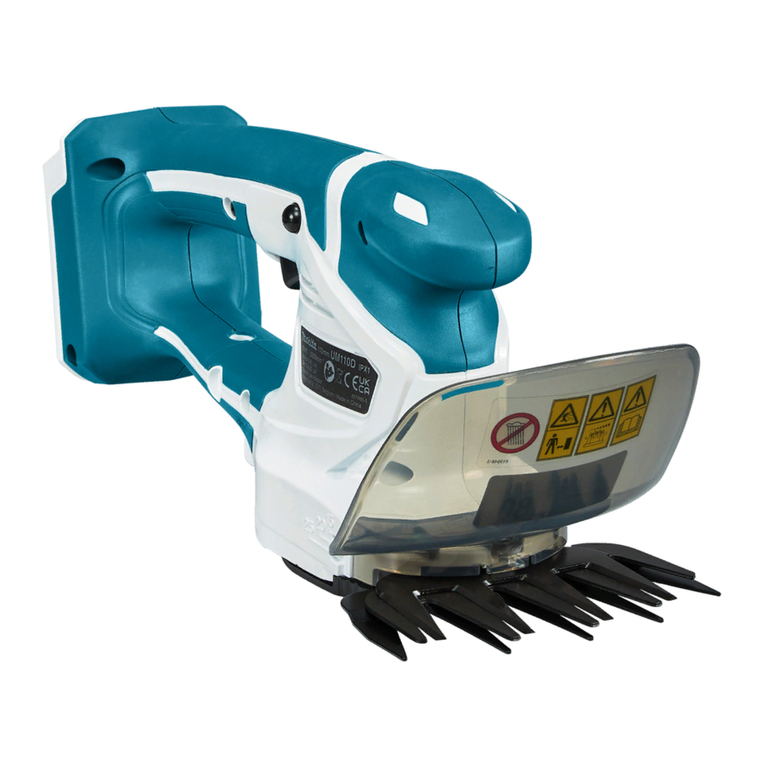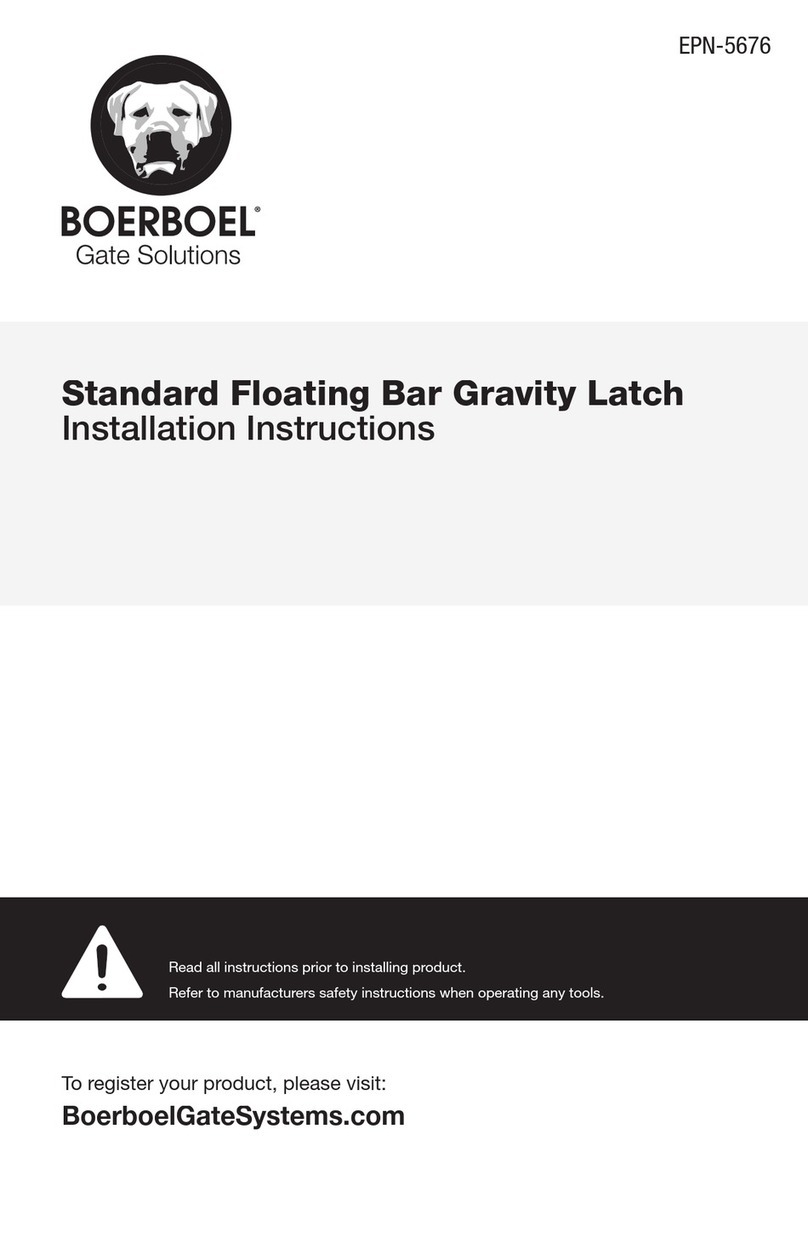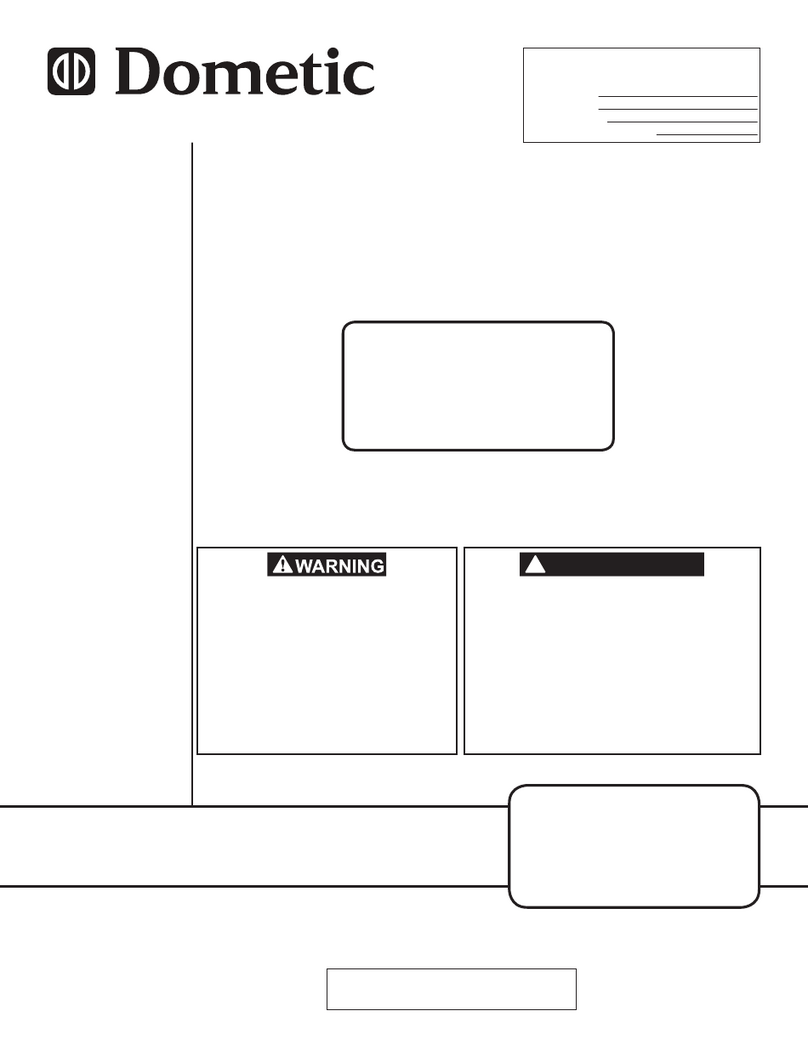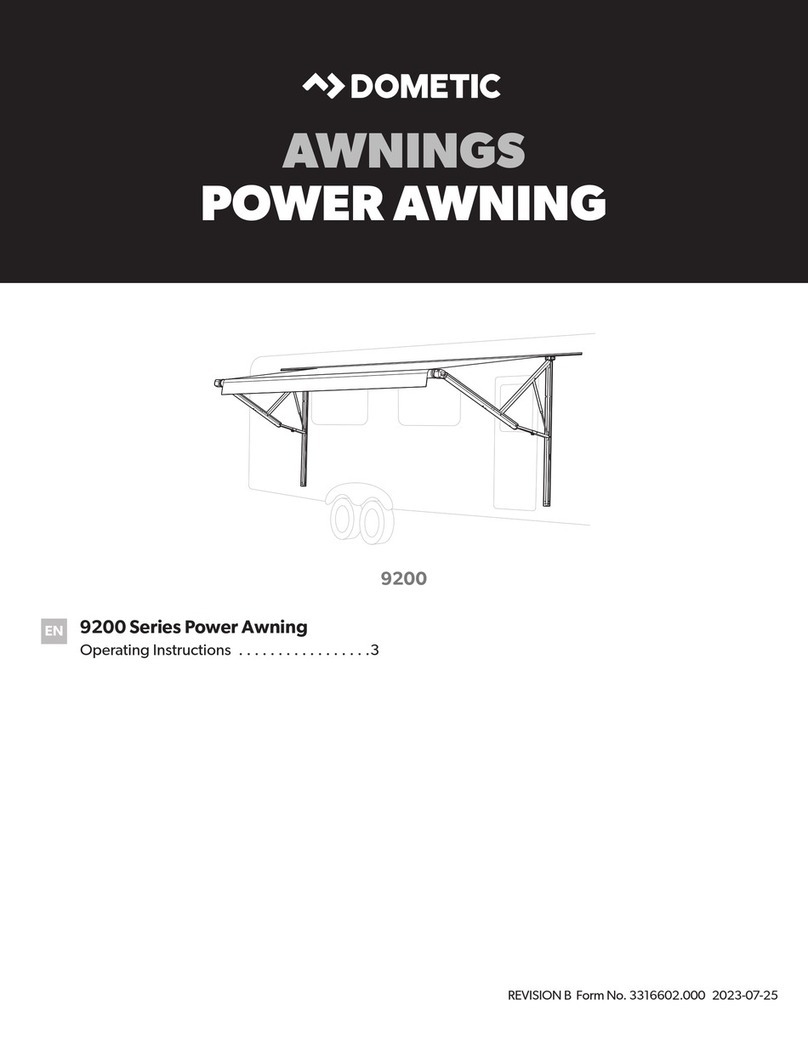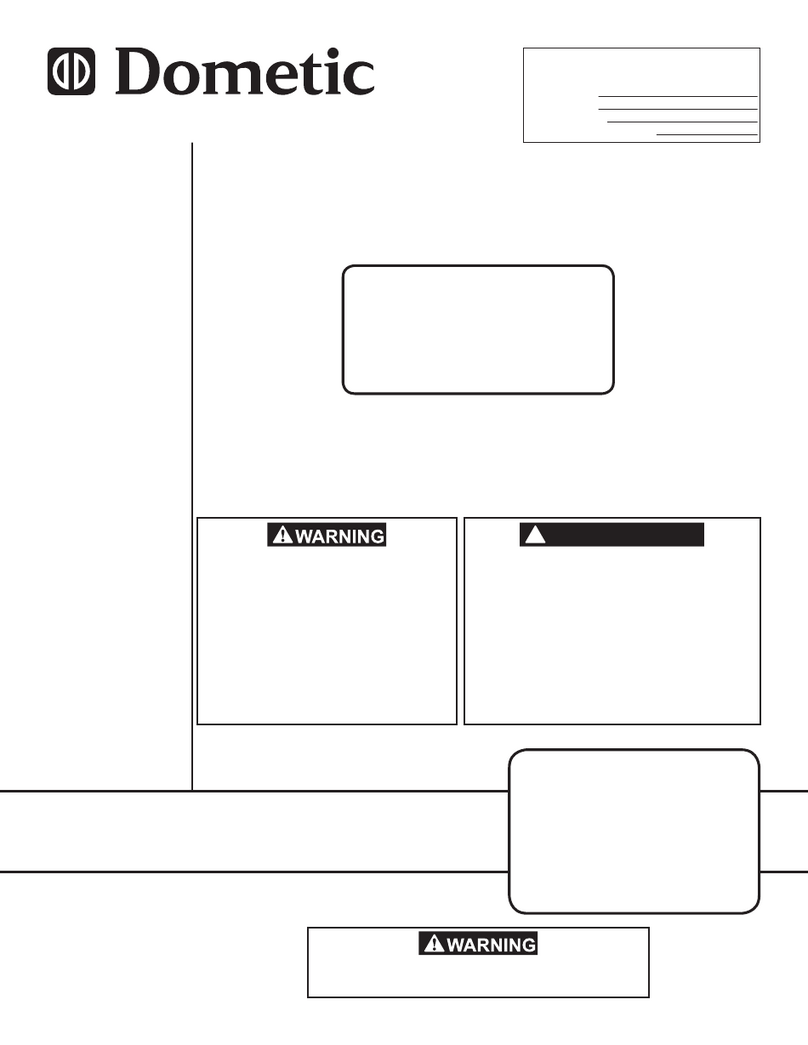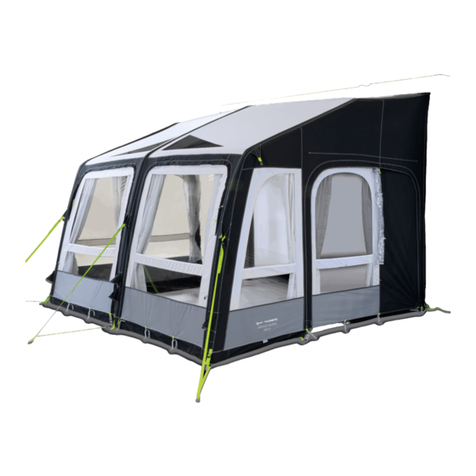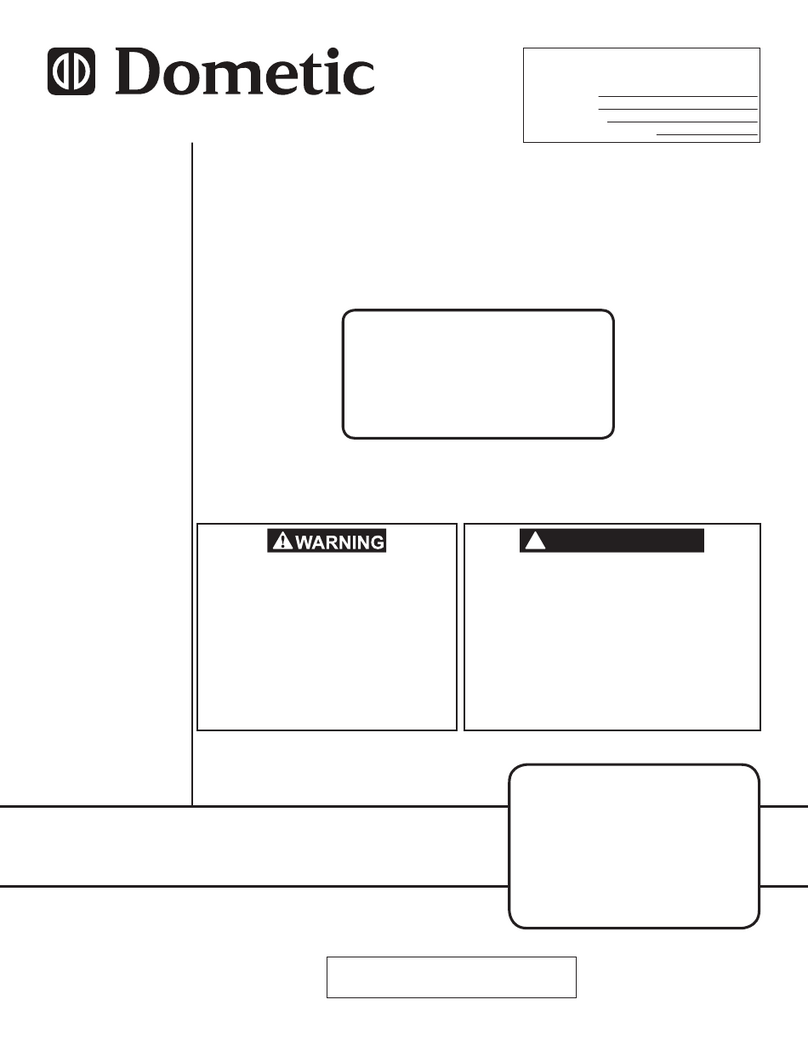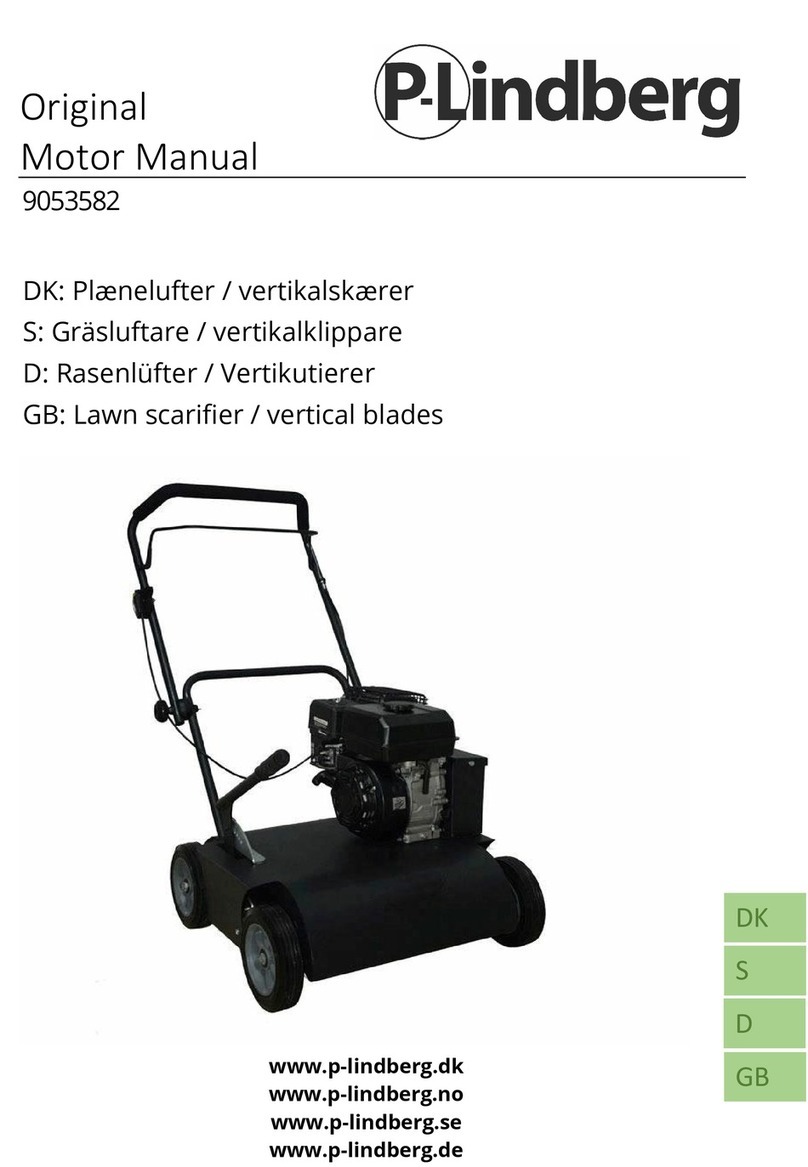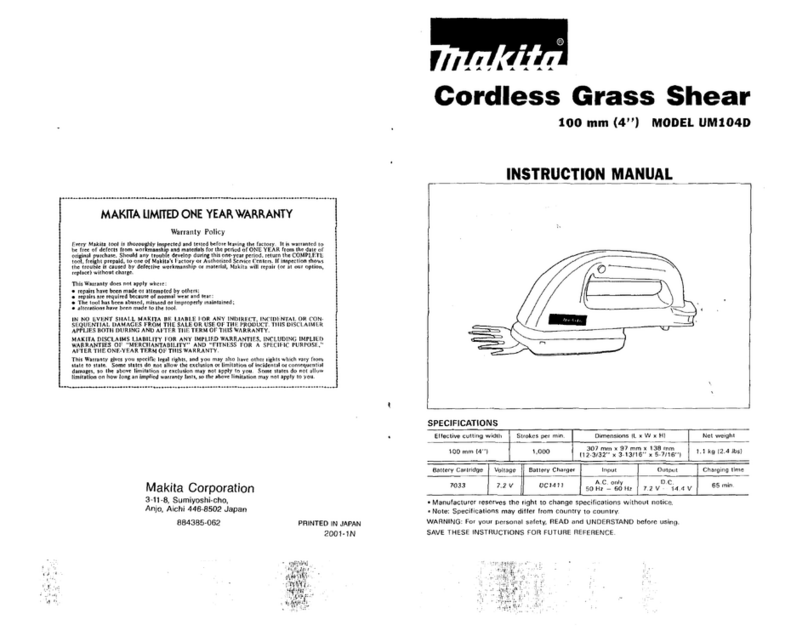
2
All eld wiring modications should be made in compliance
with the latest edition of IEC 60335-1 and 60335-2, and
any applicable country and local codes.
Required hardware:
2.5 M - 4 M Models Only:
(1) Mounting Bracket
(3) Backing Plate
(12) 10.3 mm O.D. Sleeves
(12) M6 X 50 mm L Carriage Bolt
(12) M6 Split Lock Washer
(12) M6 Flat Washer
(12) M6 Locknut With Nylon Insert
(6) 8-18 X .38 Self Drilling Flat Head Screw
Additional hardware quantities:
4.7 M - 5 M Models only:
(1) Backing Plate
(4) 10.3 mm O.D. Sleeves
(4) M6 X 50 mm L Carriage Bolt
(4) M6 Split Lock Washer
(4) M6 Flat Washer
(4) M6 Locknut With Nylon Insert
(2) 8-18 X .38 Self Drilling Flat Head Screw
Required tools:
3 mm Hex Key
6 mm Hex Key
10 mm Socket (and wrench)
Torque Wrench (with 6 mm Hex Key Socket)
PH Phillips Head Screwdriver (or bit and drill)
Optional accessories:
3313888.000 Kit, Solar Sensor
3313943.000 Kit, Remote Wall Control
3313981.000 Kit, Remote (additional)
A. Application
The cassette awning is ideal for use on RVs. It is especially
well suited for RVs with an over cab extension where there
is not sufcient surface for a bottom mounting bracket.
Cassette awnings can be installed by one person with
brief help from additional personnel. Use the following
procedure to ensure a properly installed, and properly
functioning awning.
Dometic, LLC reserves the right to modify appearances
and specications without notice.
IMPORTANT SAFETY INSTRUCTIONS
This manual has safety information and instruc-
tions to help users eliminate or reduce the risk
of accidents and injuries.
RECOGNIZE SAFETY INFORMATION
This is the safety alert symbol. It is used to alert
you to personal injury hazards. Obey all safety
messages that follow this symbol to avoid pos-
sible injury or death.
UNDERSTAND SIGNAL WORDS
A signal word, when used with the safety alert
symbol, will identify a safety hazard and its level
of risk for personal injury. A signal word, without
the safety alert symbol, will be used for property
damage messages only.
WARNING indicates a hazard-
ous situation which, if not avoided, could result
in death or serious injury.
CAUTION, used with the safe-
ty alert symbol, indicates a hazardous situation
which, if not avoided, could result in minor or
moderate injury.
NOTICE is used to address
practices not related to personal injury.
GENERAL INSTRUCTIONS
These instructions must be read and under-
stood before installation of this hardware.
This hardware must be installed by a Dometic,
LLC Service Center or a qualied service tech-
nician. Incorrect installation can lead to se-
vere injury. Follow all installation instructions.
Modication of this product can be extremely
hazardous and could result in personal injury
or property damage.
Read and follow all safety instructions for
installation to avoid possible injury or death.


